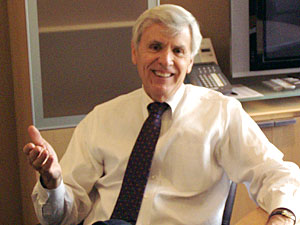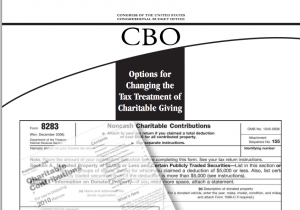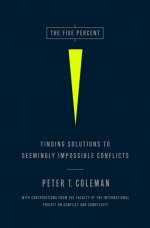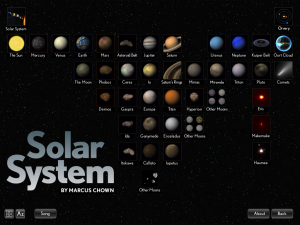Today was Bill Kling’s final day of work as President of Minnesota Public Radio, where he’s led the development of the largest and arguably the most successful public radio organization in the United States. Â His 44-year tenure has been marked by a series of bold, anticipatory moves that taken together more than earn him the title of Visionary.
I worked at MPR for 9 years in a variety of roles, worked with MPR for the prior 9 years as a representative of one of the network’s largest funders, and work now for an organization that counts MPR (and its national producing company, American Public Media) among its most important, long-term partners. Â It’s easy to count Bill Kling as one of the most influential leaders in Minnesota, and not just from my vantage point. Â The network boasts the largest per-capita listening audience of any public radio network, its family of websites attracts visitors from around the world, its Fitzgerald Theater is a platform for iconic live events, and its development of a 100,000+ membership base means that citizens all across our fair state belong to MPR, and in an unusually loyal and passionate way.
So, here are seven big things I learned from Bill.
1. “It’s about the audience.” Â This is the “Bill mantra” inside the organization. Â He constantly asks staff across the organization to put the audience foremost in their minds. Â He has an unusually keen ear and gut sense of when someone is producing content or positioning the organization in a way that makes it more about them than about the people on the receiving end. Â Bill has trusted the audience to support the network’s ambitions and to lead the organization to bigger and better things, and he’s fiercely loyal to them. And, he’s been right.
2. The audience deserves the best. Bill is not a guy who tolerates a B+ effort. Â If something can be done better — more thoroughly, more imaginatively, with better craft — Â it’s best you get on with it if you want to work at MPR. Â He expects everyone to work full bore and he leads by example. Â When the organization is able to do something new and meaningful for the audience, you can sense Bill’s almost child-like excitement of having brought something truly special to the community.
3. Risk is necessary (and so is speed). If an idea is good, it’s important to do it. Â Bill doesn’t stop to make sure everyone is on board and he doesn’t need every detail to be worked out before he’s ready to launch something. Â A big part of Bill’s success is a willingness (if not an imperative) to commit now to something’s that’s timely. Â If it needs doing now, he’ll get on with it and figure everything else out later (which goes back to #1 and #2 – if you’re serving the audience they will reward you for it.)
4. Organizational strength is about the balance sheet. Beyond the enormous audience gathered around MPR’s electronic hearth, Bill’s legacy is MPR’s $100+ million fund balance and 45+ radio stations, all built through ingenious and creative business and philanthropic strategies. Bill has achieved the goal of securing the long-term future of the network and giving the organization flexibility to leverage its own resources to take risks.
5.  Shared infrastructure is good business. While most nonprofits work toward building their own independent fiefdoms, Bill figured out early that if you want to create something at scale it makes most sense to share infrastructure.  The Finance, HR, Legal, and other service functions inside MPR support the three radio networks in Minnesota (News, Classical, and The Current),  stations in Los Angeles and Miami, many national programs, the digital infrastructure of all the entities, and  the Fitzgerald Theater. We can all learn from this model.
6. Organizations need creativity to thrive. Bill respects talent and creativity.  He understands the creative temperament, and cheers those who can speak to the audience in unique ways.  Something that’s a bit messy, and good, is better than something mediocre that’s tied up with a bow.  Bill isn’t afraid of passionate people and as a result MPR is full of them.  It’s an amazing work force.
7.  Barnacles come with leadership.  Bill has ruffled more than a few feathers and raised more than a few eyebrows on the road to achieving MPR’s success.  But he stayed the course throughout, adamantly advocating for both his ends and his means.  It is interesting to experience this community’s overwhelming show of support for Bill as he’s retiring and as the news stories about his legacy proliferate.  ‘Twas not always thus. So don’t expect everyone to agree with you if you are a trailblazer.
I saw Bill walking around Saint Paul last week on his way to lunch and he seemed cheerful and relaxed. Â I can’t wait to see what he’ll achieve in the next few years as he devotes himself to the expansion of the public radio news system. Â It’s been a great ride, and in Minnesota we have the best public radio system in the U.S. to show for his efforts.








![artists-spco-group1-600[1]](https://www.artsjournal.com/speaker/wp-content/uploads/2011/03/artists-spco-group1-6001-300x145.jpg)
